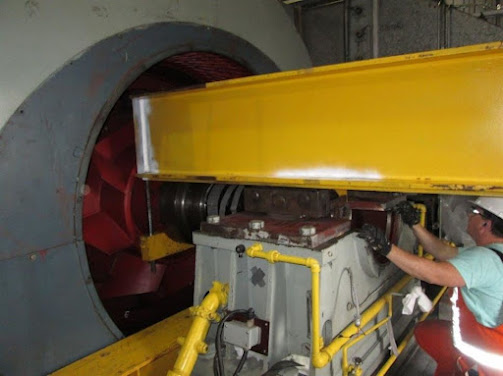Hydroelectric Power Pros And Cons
Also known as hydroelectric power, hydropower brings so many benefits to the communities that they work for. Hydropower & pumped storage play an important part against climate change by offering vital power, storage, and flexibility services.
How hydropower plants produce electricity?
As hydropower employs water to produce electrical energy, plants are generally positioned on or close to a water source. The energy produced by the flowing water relies on both the volume of the water flow & the change in height – from one end to another. The greater the flow & the higher the elevation, the more the electrical energy that can be produced.
At the plant level, water streams through a pipe and then rotates the blades in a turbine, which, in result, whirls a generator that eventually generates electrical energy. The majority of hydropower facilities work this way, including pumped storage systems and run-of-the-river systems.
Listed below are a few of the advantages hydropower can offer!
As a renewable source of energy, the energy produced via hydropower depends on the water cycle, which is propelled by the sun, making it inexhaustible.
Hydropower is a clean source of energy as it is driven by water. Unlike power plants that burn fossil fuels (natural gas or coal), hydroelectric power won’t contaminate the air.
As hydropower is a domestic source of energy it let every state generate its own energy without being dependent on global fuel sources.
Some hydroelectric facilities are capable of switching from zero power to maximum output. As hydropower plants can deliver power to the grid instantly, they offer indispensable backup power when major electricity outages or disruptions happen.
Hydroelectric power offers advantages beyond electrical energy production by offering irrigation support, flood control, and clean drinking water.
In comparison to other energy sources, hydropower offers low-priced electrical energy and durability over time. Construction outlays can even be lessened by employing pre-existing structures like tunnels, dams and bridges.
For affordable and reliable Hydropower Solutions you can count on Canadian Babbitt Bearing. Our portfolio covers a wide range of hydropower solutions from project management to finite element analysis, Complete Hydro Turbine Overhaul & Maintenance, on site machining, on-site & off-site repairs, turbine component repairs, welding & fabrication, dynamic balancing and rotor winding. Our team works collectively to ensure your hydro plant delivers maximum performance through one dedicated point of contact.




Comments
Post a Comment